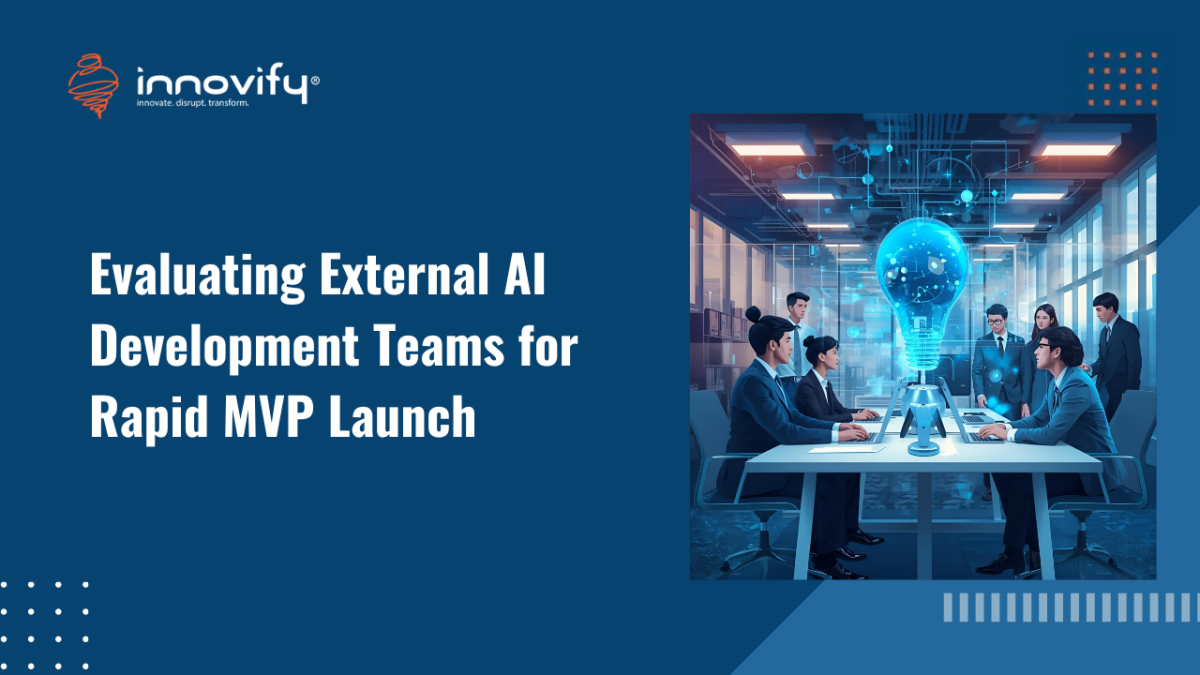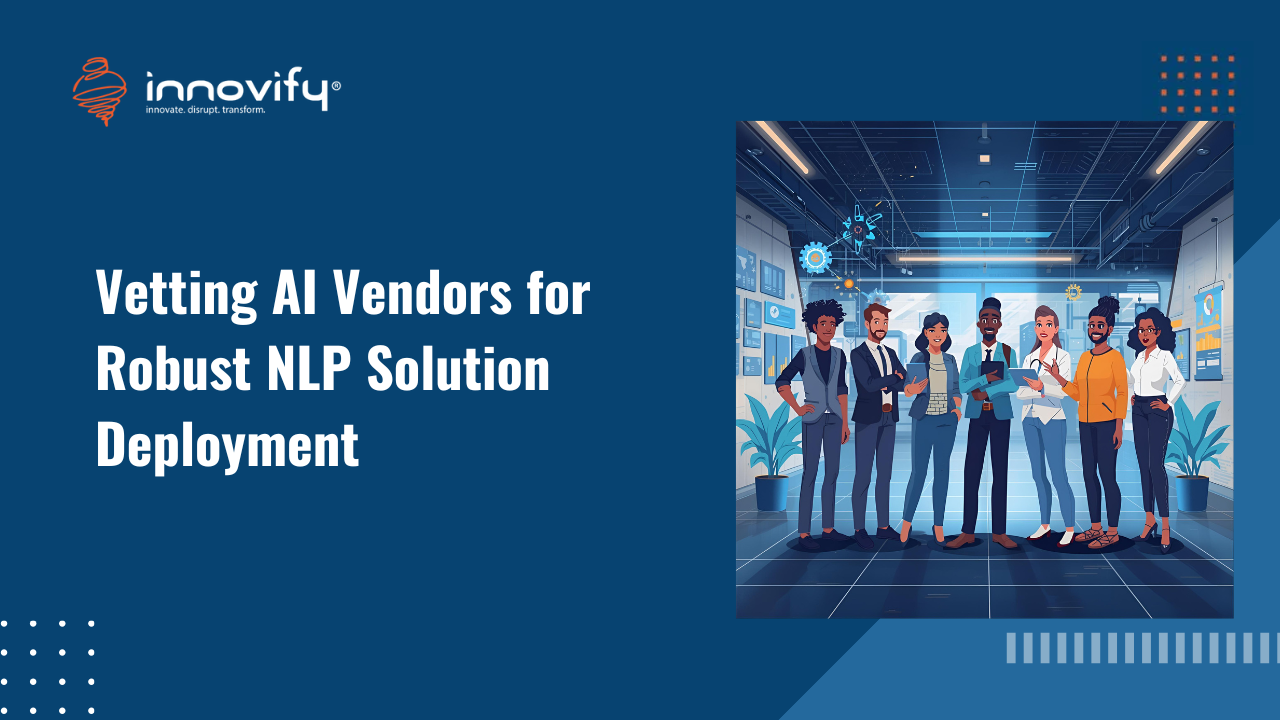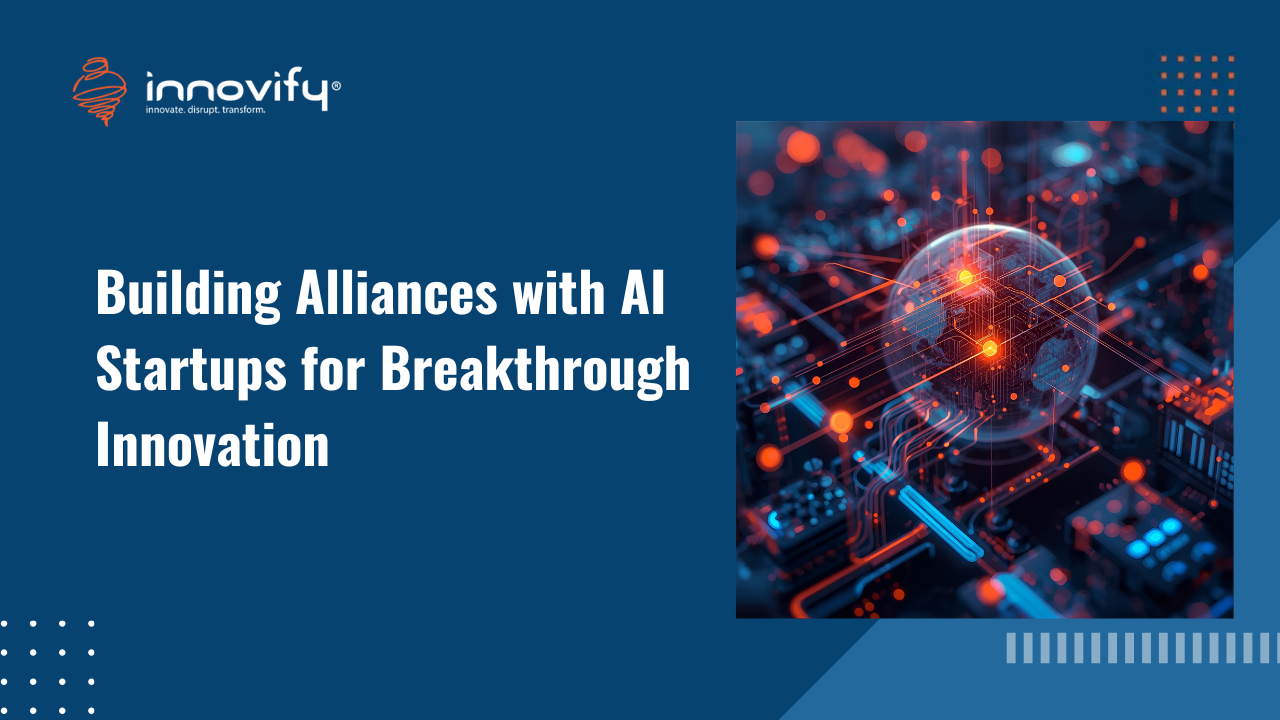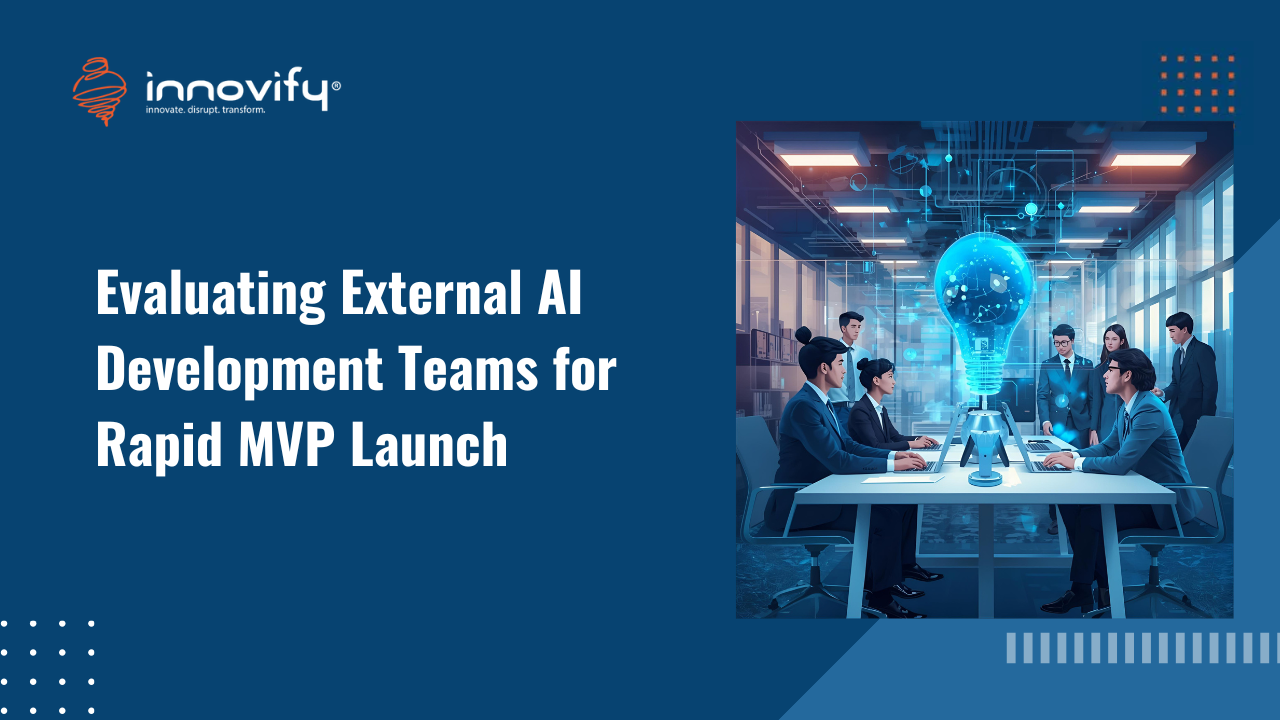AI/ML
Evaluating External AI Development Teams for Rapid MVP Launch
Evaluating external AI development teams for rapid MVP launch (MVP / Outsourcing)
The Minimum Viable Product (MVP) is the fastest way to validate a high-impact business hypothesis, minimize risk, and secure follow-on funding for a full-scale product. When the MVP involves Artificial Intelligence, the stakes – and the required expertise – are significantly higher. An AI MVP demands not only fast, agile software development but also specialized skills in data engineering, model training, and production deployment (MLOps). Evaluating external AI development teams for rapid MVP launch requires prioritizing partners who can move from idea to production-ready, measurable model in a matter of weeks, focusing ruthlessly on the minimum viable functionality that proves the business value.
Phase 1: Vetting for Specialized AI Competencies
The ideal partner for an AI MVP must possess a rare blend of data science rigor and lean software engineering efficiency.
1. Data Engineering and MLOps Capabilities
Data is the lifeblood of the AI MVP. The partner’s priority must be the data foundation.
- Data Audit and Preparation Focus: A quality AI partner will not dive into model building immediately. They will start with a rapid, focused data audit to assess the availability, quality, and structure of your existing datasets. Their MVP plan must dedicate significant time to data preparation – labeling, cleaning, and standardizing data – as this is the most common cause of MVP delays and failure.
- MLOps-Lite for MVP: The team must demonstrate the ability to build a robust, yet lean, production pipeline from day one. This means deploying the model using containerization (Docker) and basic orchestration (Kubernetes or cloud-native serverless functions). The goal is not a full-scale MLOps platform, but a production-ready architecture that is easy to iterate on and scale after validation.
- Training-Serving Consistency: The partner must have a plan to prevent training-serving skew – the discrepancy between training data and live-serving data. For an MVP, this might involve using a lean Feature Store or simply ensuring the feature calculation code is shared immutably across both environments.
2. Technical Strategy: Simplicity and Cloud-Native Architecture
Speed in an MVP comes from simplicity and leveraging existing cloud services.
- Simplest Viable Model Approach: The partner must resist the urge to use the newest, most complex, deep learning models. The right approach for an MVP is to select the simplest viable model (e.g., a linear regression or a simple tree model) that can credibly test the business hypothesis. Complexity must be deferred until the core value is proven.
- Cloud-Native and Managed Services: Look for proficiency in deploying on scalable cloud platforms (AWS, GCP, Azure) and a heavy reliance on managed services (e.g., cloud-native AI/ML platforms, serverless functions) to minimize infrastructure management overhead and accelerate deployment.
- API-First Design: The MVP architecture should be modular, exposing the AI model’s functionality through clear, well-documented RESTful or GraphQL APIs. This allows the internal team to easily integrate the AI layer with the existing business logic and front-end interface.
Phase 2: Assessing Process, Alignment, and Post-MVP Strategy
An MVP partnership is a sprint. The team’s process and business alignment must be optimized for rapid validation.
3. Agile Process and Business Alignment
The partner process must be engineered for speed and continuous validation.
- Lean Agile and Time-Boxing: The team must operate with a strong Agile and Lean Delivery mindset, using extremely short development cycles (sprints of 1-2 weeks). The entire MVP project should be time-boxed (e.g., 8-12 weeks maximum) with a clear, immutable scope defined by the single core business KPI.
- Clear KPI Definition and Guardrails: The first deliverable must be a clear definition of the Problem Statement, the Hypotheses, and the Success Metrics. Success should be tracked using one primary business KPI (e.g., “Reduce average customer handling time by 15%”) plus technical guardrail metrics (e.g., “Model latency under 200ms,” “Accuracy above 90%”).
- Human-in-the-Loop (HITL) Integration: For a rapid MVP, integrating HITL is a critical success factor. The partner should propose a lean process where human experts review and validate the model’s predictions, providing the crucial feedback loop needed to quickly retrain and improve the model with minimal initial data.
4. Post-MVP Strategy and IP Transfer
The goal of the MVP is not the code, but the validation and the foundation for the next stage.
- Defined Exit Strategy and IP Ownership: Contracts must explicitly clarify that upon successful MVP delivery, the client (you) retains full ownership of all Intellectual Property (IP) – the code, the trained model, the feature engineering scripts, and the deployment architecture. The partner must also have a clear exit strategy for transferring the entire codebase and MLOps setup to your internal team.
- Monitoring and Feedback Loop: The MVP is a learning tool. The deployment must include a basic, but functional, monitoring and analytics dashboard to track both the Business KPIs and the AI Performance KPIs (accuracy, latency, override rate). This immediate feedback loop is essential for the next iteration cycle (Pivot or Persevere).
- Cultural Fit and Communication: Transparent, over-communicative partnership is crucial in a sprint. Evaluate the team’s ability to communicate technical trade-offs clearly, provide daily updates, and integrate seamlessly with your product and business stakeholders.
By focusing on a partner’s proven ability to deliver production-ready, data-sound, and KPI-aligned AI solutions under extreme time pressure, organizations can successfully leverage external teams to launch a rapid AI MVP and quickly validate their next breakthrough innovation.
Ready to fast-track your AI MVP with a specialized external team? Request an AI MVP Scoping Workshop with Innovify today.




